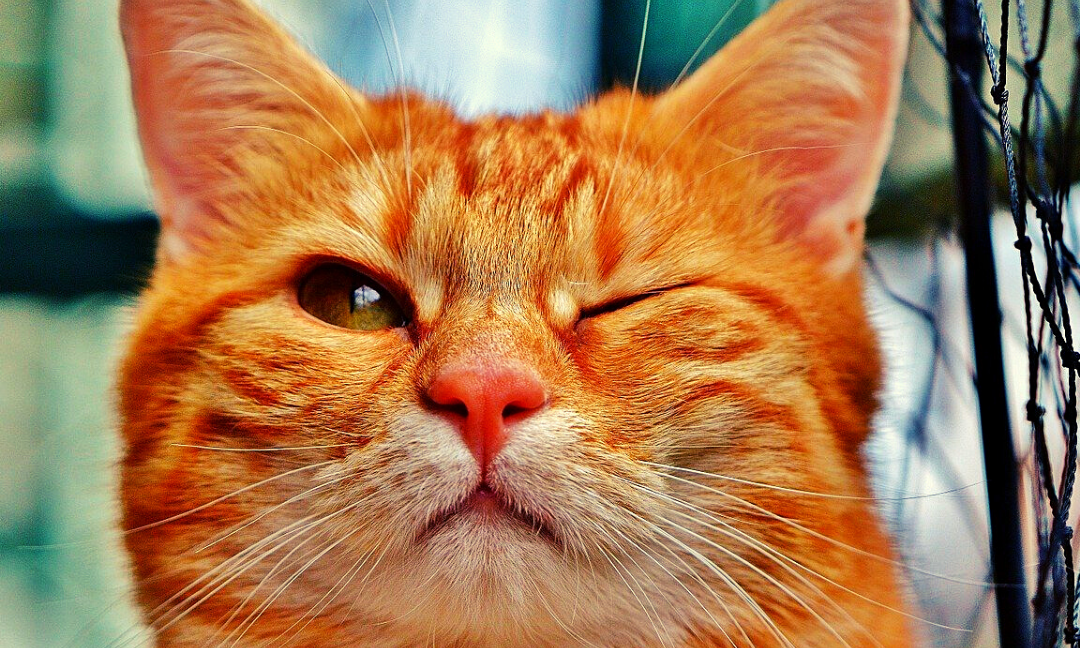Have you ever wondered why your cat behaves like it does? Strange behaviours that you cannot seem to understand?
Cats can be as unusual as they are mysterious. Although cats have always lived alongside humans, scientists and cat owners alike still don’t fully understand them. Their unique biology is one thing, but their bizarre natural behaviours can truly baffle! Science tells us that strange cat behaviours are due to primal habits and instincts. Here are 7 strange cat behaviours explained.
-
ZOOMIES
You’ve likely witnessed times where your cat has experienced an unexpected rush of adrenaline, causing them to dart around the house like they are ‘possessed’. They may also make unusual loud, throaty sounding meows – described by some as a “demon voice”. Fortunately, this is nothing paranormal. Just like dogs, cats are susceptible to a phenomenon called Frenetic Random Activity Periods (FRAPs), nicknamed Zoomies. It occurs when cats have random bursts of energy and run around frenetically for short periods. It’s simply a way for cats to burn excess energy! Zoomies may also be related to your cat’s primal instincts to seek out prey.
-
DRINKING FROM FAUCETS
You may have noticed your cat likes to drink water from a running tap. To cats, running faucets resemble nature’s natural flowing water, which they instinctively see as safer to drink than a stagnant source that is more likely to contain contaminants.
-
SLEEPING IN TIGHT PLACES
Have you ever bought your cat an expensive pet bed only for them to prefer sleeping in a disposable cardboard box? Cats love cozy, tight places like boxes because they provide warmth, peace and security. This behaviour reflects their wildcat ancestors, who sought out enclosed spaces where they could hide when stalking prey or sleep while avoiding predators. Tight places may also generate your cat’s fond memories of kittenhood.
-
SLEEPING, A LOT
On the topic of sleeping, why do cats sleep so much? A standard-adult cat can sleep on average 15 hours a day. Older cats and kittens can extend that average up to a whopping 20 hours a day. The reason? Energy conservation. A cat’s swift and agile manoeuvres, adapted to catch quick and elusive prey, can be exhausting and cost an abundance of energy. Also like many of their wildcat relatives, they sleep mostly during the day to reserve energy for hunting at night – during the hours you are most likely sound asleep. Cats are highly adaptable, so they can easily adjust their sleeping habits – and are especially willing to do so if it interferes with their feeding schedules.
Interestingly, cats doze more than ‘deep sleep’. Lasting for about 15 to 30 minutes, when a cat dozes they fall into a light sleep that retains much of their sensory awareness, so they are prepared to pounce into action at a moment’s notice if necessary. After this, cats go into a deep sleep – experiencing rapid brain movements – for about five minutes before going back to dozing, with the cycle continuing until they wake up.
-
HAPPY DROOLING
Yes, you heard correctly: it is not uncommon for some cats to drool when they’re happy. Cats may drool when they feel extremely content and relaxed during pats, massages or cuddles, or when they are sound asleep.
-
KNEADING
Kneading is when cats rhythmically push out and pull in their front paws, often alternating between right and left – comparable to a baker kneading dough. Some cats retract their claws during the process, while others don’t! Cats likely knead to show contentment, calmness and affection and mark a person, object or another animal with the scent glands in their paws. Kneading is an instinctive cat behaviour derived from kittens pressing their mother’s stomach to stimulate milk flow.
-
FEAR OF CUCUMBERS AND OTHER SERPENTINE SHAPED OBJECTS
The internet made famous the trend of secretly placing cucumbers around unsuspecting cats to capture their terrified reactions on video. The reason cats are terrified of them is likely due to their shape resembling a snake. It could also be cats merely reacting to the shock of unexpectedly seeing an object behind them.
Disclaimer: It is not uncommon and very natural for cats to display many of these strange behaviours, so there’s rarely a need for concern. However, if your cat experiences prolonged or more severe periods of behavioural change, it could be a sign of underlying health issues. Whichever may be the case, it never hurts to seek professional assistance and advice from your local vet. Click here for more information about Brisbane Cat Cremation.


